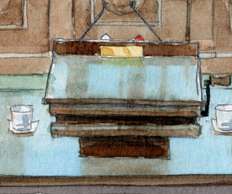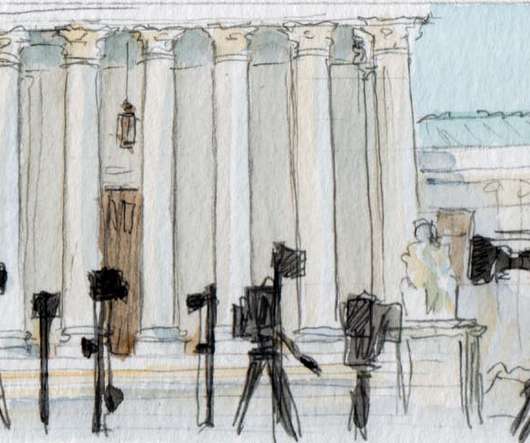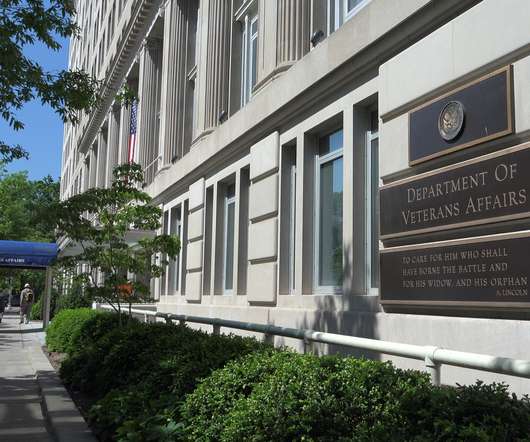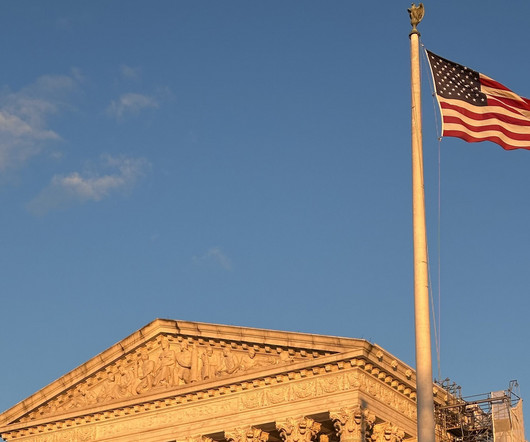In family’s lawsuit against public nursing home, court revisits private rights of action and the spending clause
SCOTUSBlog
NOVEMBER 7, 2022
VCR is a government nursing facility in Indiana owned by petitioner Health and Hospital Corp., A state administrative law judge found one late-2016 transfer to have violated FNHRA and ordered Talevski returned to VCR; the family chose to move him to a different facility. a municipal entity.














Let's personalize your content